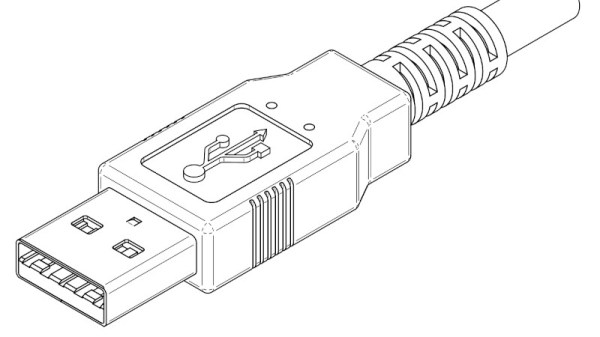Years ago there was a sharp divide in desktop computing between the mundane PC-type machines, and the so-called workstations which were the UNIX powerhouses of the day. A lot of familiar names produced these high-end systems, including the king of the minicomputer world, DEC. The late-80s version of their DECstation line had a MIPS processor, and ran ULTRIX and DECWindows, their versions of UNIX and X respectively. When we used one back in the day it was a very high-end machine, but now as [rscott2049] shows us, it can be emulated on an RP2040 microcontroller.
On the business card sized board is an RP2040, 32 MB of PSRAM, an Ethernet interface, and a VGA socket. The keyboard and mouse are USB. It drives a monochrome screen at 1024 x 864 pixels, which would have been quite something over three decades ago.
It’s difficult to communicate how powerful a machine like this felt back in the very early 1990s, when by today’s standards it seems laughably low-spec. It’s worth remembering though that the software of the day was much less demanding and lacking in bloat. We’d be interested to see whether this could be used as an X server to display a more up-to-date application on another machine, for at least an illusion of a modern web browser loading Hackaday on DECWindows.
Full details of the project can be found in its GitHub repository.


















